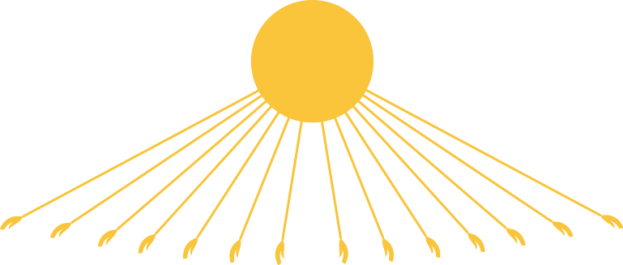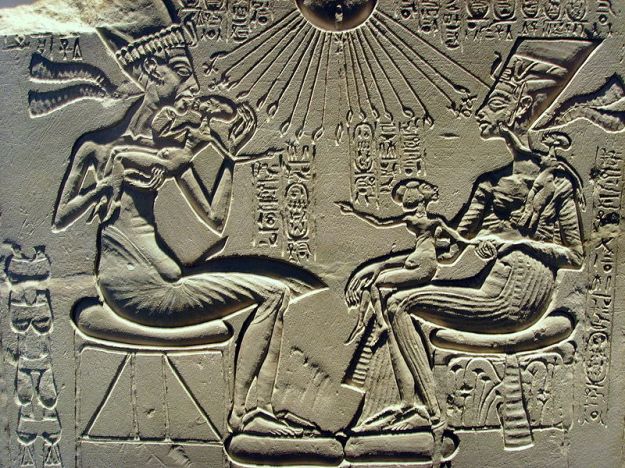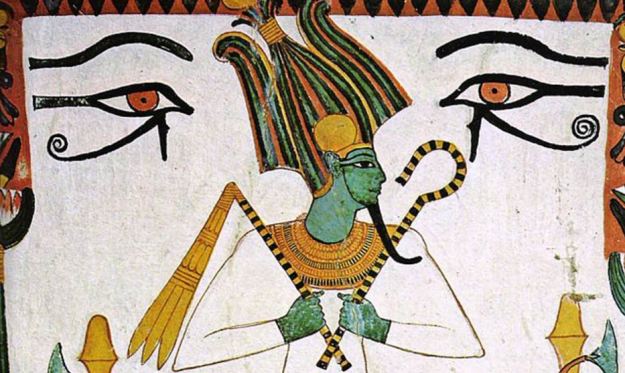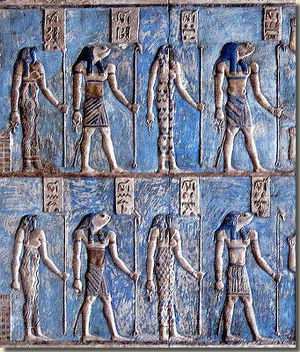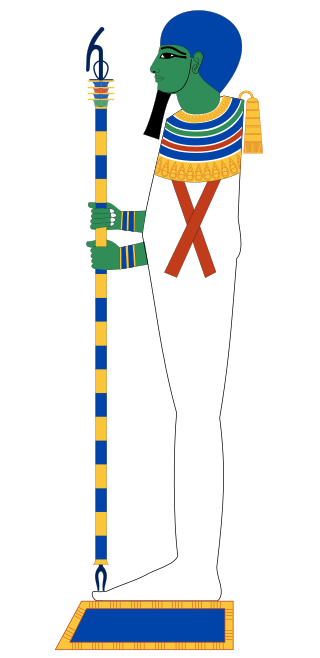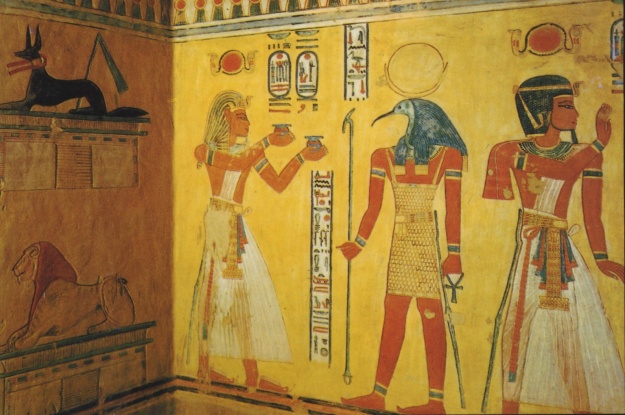Excerpts from my correspondence with a Tunisian reader about the ‘Ancient Egyptian Religion’
Question
Many thanks dear Friend for your long email,
I’m from Sfax, and by chance I worked about Ramsenites a kind of stories widely spread in north africa. You are specialized also in old languages and I have a question about the representation in old egypt about Amoon sun-rise coming from the east Arabia? with smell of perfume and myrrh, is it true that rulers of old egypt were from yemen? So by the way what is the new traduction of this word in hieroglyphic (Cf. enclosed)
Response
You ask me about Ancient Egypt and Amun of Thebes.
I believe sometimes many Orientalists trying to do the best did the worst! And the result is that they confused the rest of the world.
So, I fully agree with Edward Said’s criticism and even I wrote about it.
I feel sorry that Egyptologists flooded the world with wrong terms, really! No bad intentions involved, but when someone is not attentive and watchful, misreading is caused with incalculable consequences. Very simple terms are very mistaken indeed. You say ‘Ancient Egyptian Religion’ (I don’t speak of you but in general): first mistake!!!!
Today, we distinguish Christianity, Hinduism, Islam, Buddhism, etc.
In Ancient Egypt, at any given moment, there was never one Egyptian Religion.
Different priesthoods developed tremendously divergent interpretations of the Divine Order, the Spiritual Universe, the Creation, the Material Universe, and the human society; in doing so, they had contradictory world views, moral and spiritual principles, and narratives; they then conceptualized the reality in opposite manners.
Yes, there is one Egyptian Civilization, one Egyptian Culture, but many Egyptian religions; and by this of course I don’t mean Aten, Akhenaten and the Atonic Religion, but the systems that antedated Akhenaten for more than two millennia and which survived the Amarna revolution.
There were different religious (and imperial) capitals, opposite centers of spiritual-religious systems, and conflicting priests and followers.
It is very wrong to describe the totality of the Ancient Egyptian religions as polytheistic. There were several monotheistic systems for which there were no gods, but one God and many attributes of God. This is very different from what modern concise presentations of the Ancient Egyptian faiths state. And of course there were also polytheistic systems in Ancient Egypt, and there were constant clashes among the followers of the opposite systems. In those fights, all the monotheists sided together against all the polytheists, but this does not mean that there was just one monotheistic and one polytheistic systems; there were more.
Because of this, initiation rites helped all those priesthoods solidify and perpetuate themselves through the ages by hiring new adepts who would then become high priests, generals, land lords, prominent noblemen, top administrators, and pharaohs.
And by using a sophisticated language, which contained a vast field of semiotics, they set up systems of perception and understanding that were impressively and incredibly multilayered: these supreme spiritual and mental constructions that are unmatched by today’s top scientific disciplines, philosophies and ideologies were the original forms of the Ancient Myth.
Then, an agricultural laborer perceived one myth as x; but an initiated priest, scribe, general, administrator perceived the same myth (i.e. the same narrative) as x2; then a higher initiate perceived the same myth as x3; an even higher initiate as x4; a great mystic as x105; and the great high priest as x100.
The Heliopolitan system (Ennead) was a markedly monotheistic system in its origin and until the crepuscular times of the Egyptian civilization.
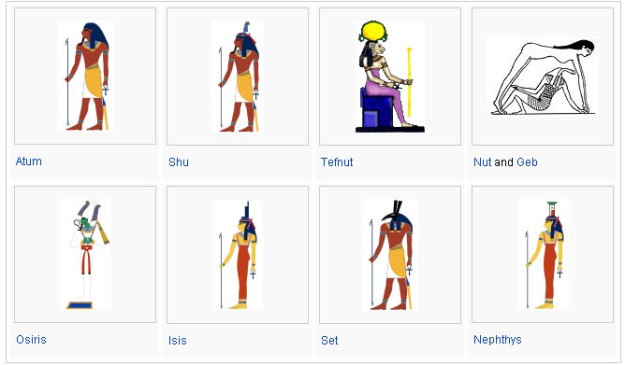
If one only studies the names of the divine aspects that are the elements of this system, one understands immediately that they were not conceived as ‘gods’; example: Osiris, Wser, meant ‘the Well Being’. Of course, it was cut to pieces by Satan, i.e. Seth; and it disappeared among men. This is exactly what the Bible and the Quran describe as our Forefathers’ expulsion from the Paradise. The Well Being is not anymore with us. But the Biblical and Quranic descriptions are lower, poorer and weaker.
Ignorant or devious scholars of our times insist that Hathor is a … goddess! How silly! This aspect of the Divine Order may well have been perceived as a ‘goddess’ in late times of the Egyptian civilization (such as the 1st millennium BCE), but in the original myth – which represents the absolutely truthful perception of the spiritual and the material reality – Hathor was not a goddess. How silly is it to consider as ‘goddess’ an entity whose name in Egyptian Hieroglyphics meant exactly “the House of Horus”?
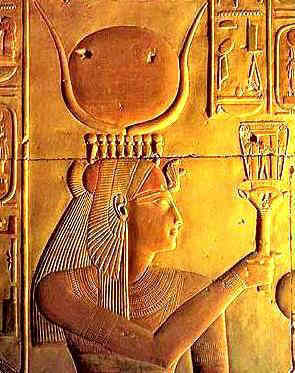
The same concerns the Hermupolitan system (Ogdoad).
Contrarily, the Memphitic theology (around Ptah) was totally polytheistic.
And so was the Theban Trinity, which is the aboriginal Trinity in the History of the Mankind.
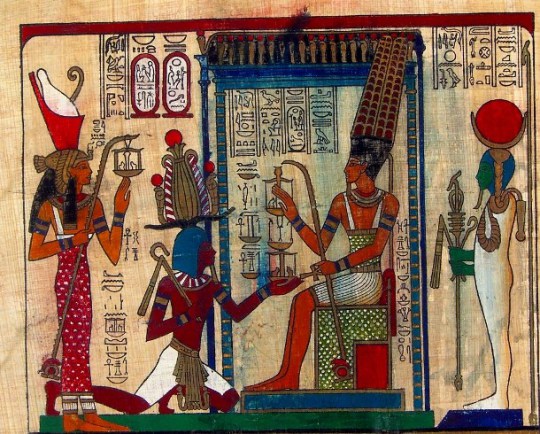
As I already said, there were many clashes among the various Ancient Egyptian systematic theologies; as the different religious – spiritual systems were structured with impenetrable temples, initiates, adepts and followers, the only chance to harm an opposite system was either to elaborate composite forms of the Divine (in order to acquire the credibility of another theological system’s element and in the process alter the original faith of the system in which the targeted element belonged), such as Amun Ra (of the Theban priesthood), or to attribute deviate characteristics or different, degraded perception to an element of the opposite priesthood’s system.
In this manner, and with the progressive rise of polytheism, the earlier aspects of the Divine ‘became’ gods for most – but all – of the Ancient Egyptians during Ancient Egypt’s later periods.
But at the very original stage, anthropomorphism and zoomorphism in the conception of the divine world related to the lower spiritual (or astral) sphere and had nothing to do with primitive tribes’ totems and polytheistic rituals, as materialist propagandists claim while impersonating professors and academicians to the detriment of the Mankind.
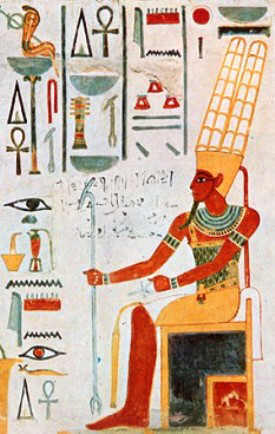
Only deep and extensive experience in the spiritual spheres can allow someone understand what it means – as example – that the Divine Aspect of Wisdom (i.e. the Wisdom of God) has to represented as a human’s body with an ibis’ head (like Djhawty – Thot). Material(istic) scholarship is genuinely incapacitated to understand – let alone explain – this theoretical approach, which originates entirely from spiritual spheres.
So, what you ask me about Amun Re is a later (dating back to the times of the New Empire at the middle of the 2nd millennium BCE), composite form and has no originality in the 3rd millennium. In its origin, Amun as a Theban polytheistic god has no relationship with solar ideologies. When the Theban priests composed the form Amun Re, they did it in order to set up an imperial ideology and doctrine, while at the same time isolating / alienating the Heliopolitan monotheistic priesthood from the imperial headquarters at all levels, spiritual, theological, administrative and local. During most of the 2nd half of the 2nd millennium BCE, Iwnw (Heliopolis) was a marginal and destitute religious center; however, it managed to keep polytheists at bay.
Amun Re certainly appropriated solar attributes of the Heliopolitan Ra, and was therefore said to rise in the Orient.

